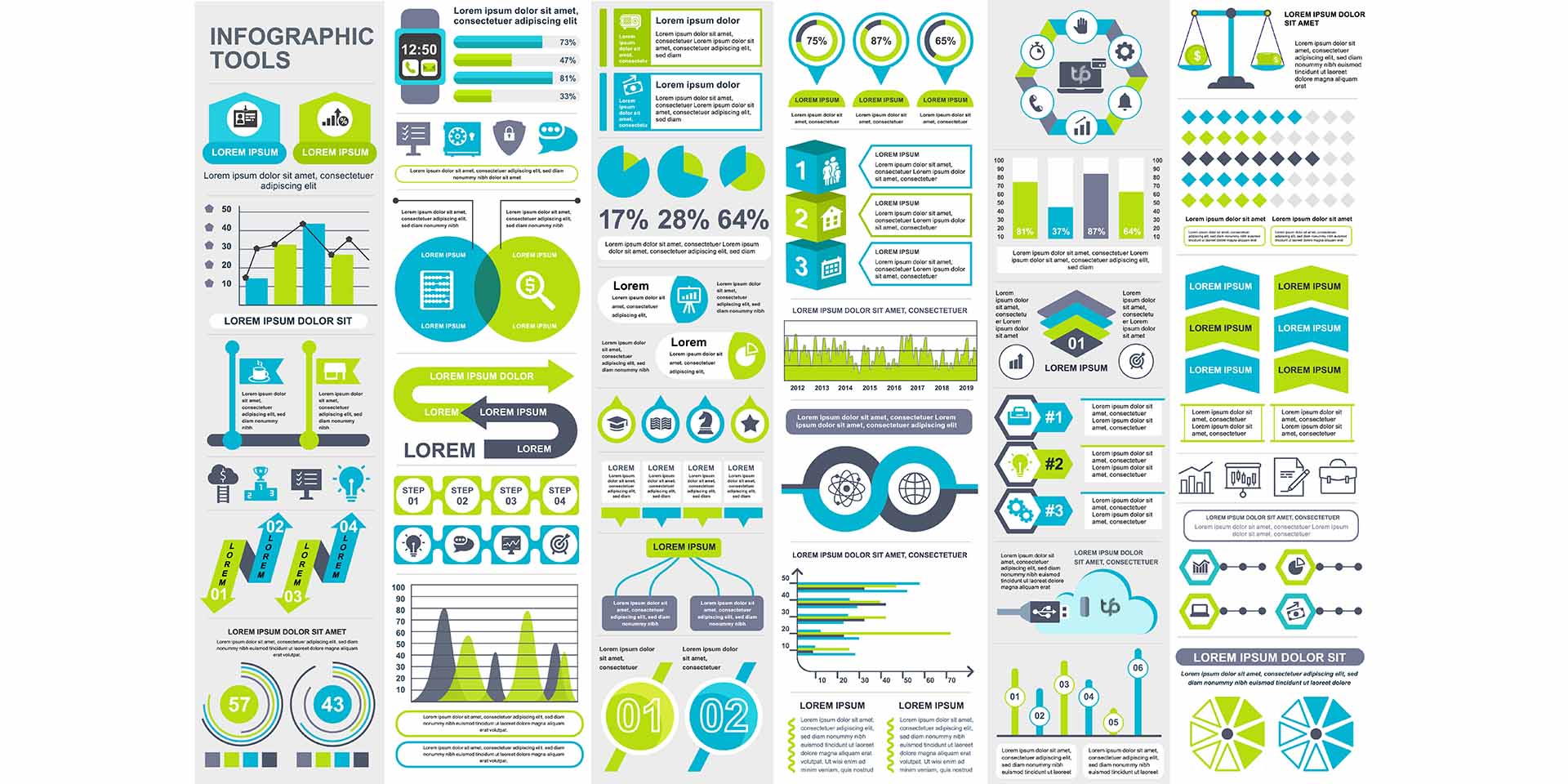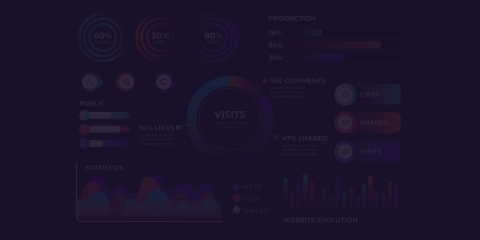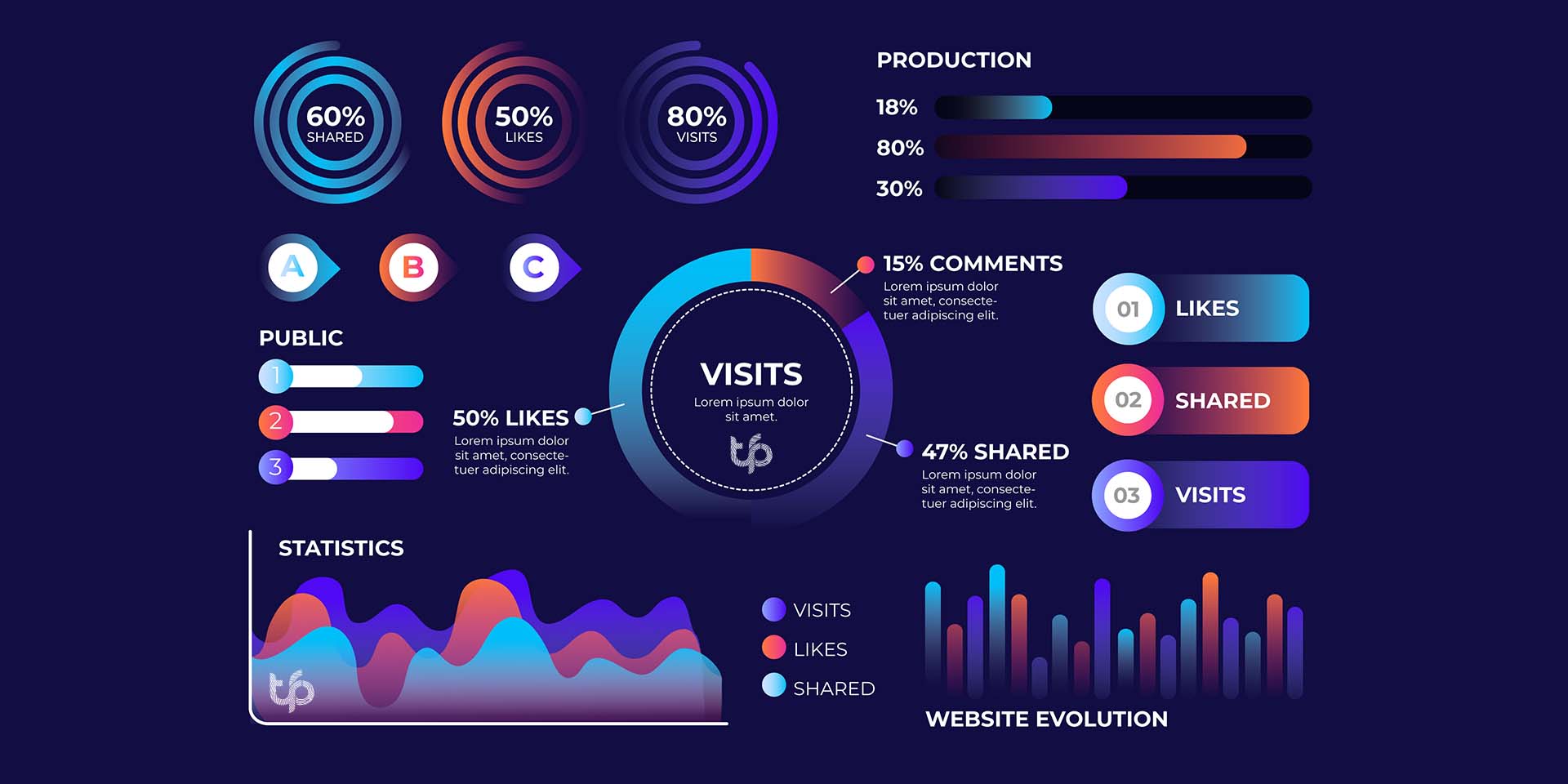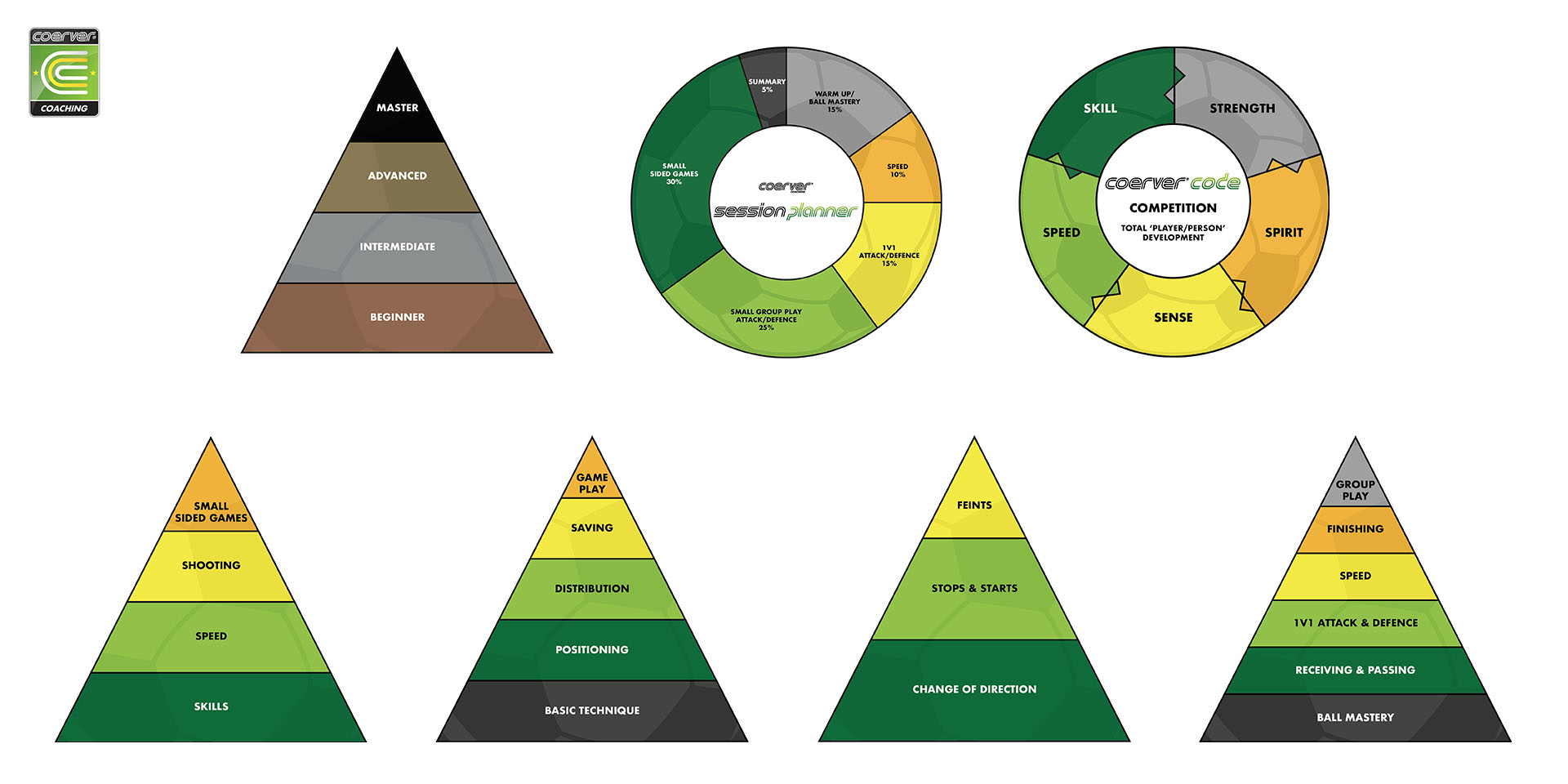What is an infographic and when should I use them?
We will provide guidance on the why infographics can make your company easier to understand.

What is an infographic?
An infographic tells a story in visual form. Defined by Cambridge Dictionary as “a picture or diagram … showing or explaining information”, they have become an increasingly popular way of breaking down complex concepts, data or patterns. Highly adaptable, the different styles of infographics include mind maps, timelines, visual lists, bar and pie charts as well as diagrams, all share one characteristic – they make presenting and visualising data a breeze.
Today, there’s a trend to use less data-centred formats. These include instruction, summary and how-to guides in infographic form. But do you really need one and when exactly is the right time to include them on your website and marketing channels?
To keep the reader’s attention and secure sales
Imagine the scene. You arrive on a company’s website for the first time only to be met by a ‘wall of information’ in pure text form. You may not be inclined to spend your time reading through it all – understandably. But, the same applies to customers or clients researching your business.
However, if there was a colourful infographic there to meet your gaze, the chances are that you’d stop to view and read its condensed information and well-designed illustrations. Think of yourself as a magpie drawn to their shiny visual content. Plus, Time Magazine estimates website owners have just 15 seconds to keep visitors interested before they go elsewhere – so avoid missed sales by having infographics in your marketing arsenal.
Secure sales
Being able to catch and retain the reader’s attention can also help to ‘break down’ any scepticism or barriers to purchase when a customer/client doesn’t fully understand what you offer. Our tip is to place an eyecatching infographic where they’d usually first encounter your brand – such as on your website’s home or landing page. It may convert those unfamiliar with your business into lifelong supporters.
We would suggest adding your logo and customising what you have to say in your unique brand colours. This makes it easier to raise your business profile once B2C and B2B customers start to recognise you.
Finally, infographics drive traffic! Therefore, you need the infographic to be shareable so interested customers and clients can become supporters of your website. With the potential for your content to ‘go viral’ when shared on social media, your website will only be a click away from other customers or clients. In other words, your customers have just become your best marketing people!
To build brand awareness
Many successful brands are centred around a ‘story’ or ‘mission statement’ that explains why they went into business. For example, they grew up eating delicious Italian home cooking and wanted to share their family’s recipes. Perhaps your products and services came about from ‘a need’ that no one else was meeting. But who will know this if you don’t convey this in easy to digest visuals?
A powerful and ‘humanising’ marketing resource – everyone loves discovering what spurred a business into action. But how likely are they to recall the exact details several days later?
Well, the chances of customers remembering this type of information increases when you tell your story via an infographic. Whether you place them on your website – or repurpose them into your marketing materials and social media posts for added promotion – marketers “can improve cognition by utilising graphics to enhance the human visual system’s ability to see patterns and trends”. So if your brand messaging focuses on ‘understanding the market’, its history and industry trends, an infographic will boost your authority through visual means.
To summarise and ‘break down’ complex information
Besides adding extra flair to your website, infographics are ideal for medical, scientific and learning-based businesses. Often tasked with explaining complex information, an infographic placed at the top of a blog or product/service page can prime the reader and summarise the key points mentioned. However, any business that benefits from showing their target customers data and comparisons – such as an industry disruptor – can benefit from a visually stimulating infographic.
Still not convinced? In the 1980s, Dr Richard Felder claimed that “at least 65 % of people are ‘visual learners’”. We doubt that you’d intentionally neglect 6 in 10 potential consumers. However, the following statistics make a strong case for including these visual tools on your site:
- 65% of the population are visual learners
- Pairing short-form text with symbols increases comprehension by 89%
- 90% of the information we retain is visual (Infographics Intro).
So, be the company that helpfully educates your website visitors. They’ll appreciate it and you’ll impress them – possibly stopping the competition from getting ‘the sale’.
The historical argument for infographics is also compelling. Originating with the dawn of widespread data collection during the 18th century, the contemporary polymath Joseph Priestley declared that a picture “conveyed the information “with more exactness, and in much less time, than it [would take] by reading“. This ability to communicate and record information is still – if not more – relevant given the age of ‘big data’. Not sure of their potential? Check out The Smithsonian’s ‘The Surprising History of the Infographic’ to see their sway.
Infographics Conclusion
As far as visual marketing content goes, we recognise the eye-catching, sales increasing, brand building and educational potential of a well-designed infographic. Contact our friendly design team, to discover how our dynamic services can help your website and brand thrive.
If you are enjoying this article please read our blog Why a brand is important and why it’s not just a logo, Using OptinMonster to drive engagement and sign up users to blogs, Why writing a blog is important for business and SEO or Things to consider in a domain name all of which are important to reaching clients and increasing sales/business opportunities.






